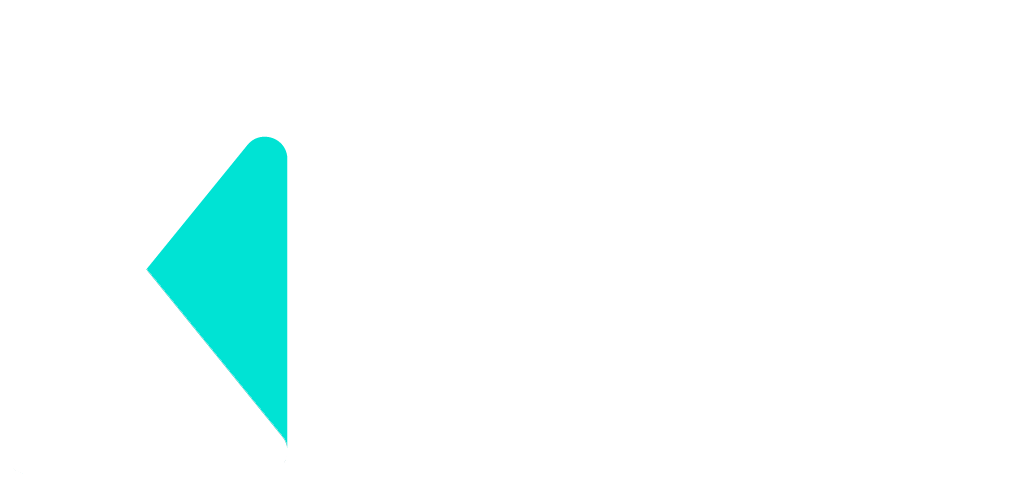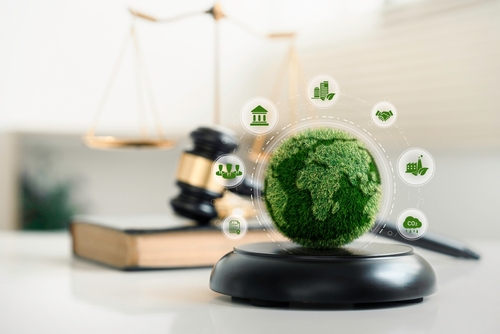What is resource efficiency?
When you use something, it becomes a resource. The three main resource categories are:
- Energy
- Water
- Raw materials (such as metals, oil, food ingredients or chemicals).
We use all these resources daily, often in heating, lighting, food, clothing, and water. Your business relies heavily on all three resource categories and will likely use several raw materials within your production processes.
This Toolkit will cover how you can be more resource-efficient in these three main categories.



